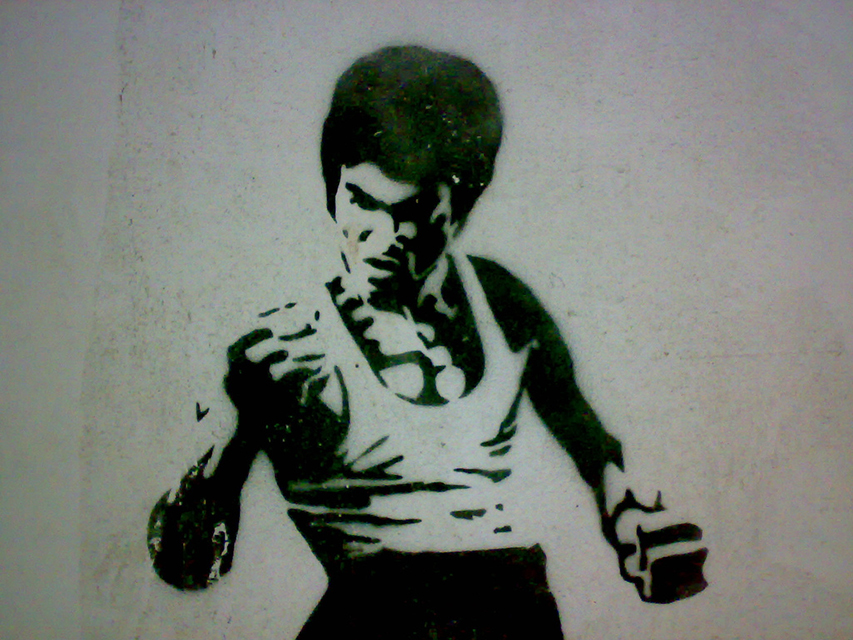Asian visibility and recognition of the collective identity of Asian Americans are two of the most pressing issues conflicting Hollywood today. As the son of Korean immigrants, I realized how my race is a large part of my identity, and learned how representation of Asians in contemporary culture shapes the way the Korean community engages with the rest of society. In order to better the representation of Asian Americans in Hollywood and beyond, young members of the Asian Pacific Islander community need to critically evaluate the neglected history of the Asian experience in American society and religious institutions.
A Need for Better Representation
When I was in the seventh grade, my uncle gave me a copy of Chang Rae Lee’s bestselling book, “Native Speaker.” The novel is about Henry Park, a Korean-American man who struggles with concepts such as masculinity and attempts to assimilate into American society. The book left an impression on me and motivated me to explore topics such as Asian masculinity and social mobility as a Korean American. I was born and raised in Southern California, and never gave much thought to the country my parents immigrated from. I was able to understand my culture through food and language, but those two things were the only venues that allowed me to explore a culture I was not familiar with.
Asian Americans need better representation in Hollywood and the media. In an article published by the New York Times, actress Constance Wu criticized Hollywood for whitewashing Asian movies and replacing Asian roles with non-asian actors. Movies such as “Doctor Strange,” “Ghost in the Shell” and “Aloha” are all prominent examples of Hollywood’s lack of Asian representation. In the movie Aloha, Emma Stone played a character named Allison Ng, a part native Hawaiian and part Chinese woman. This is just one of many examples of how Asians are portrayed in Hollywood.
A More Diversified View
In order for Asian Americans to understand race and collective identity, we must embrace the history of Asians in American society. We have to learn about how 127,000 Japanese Americans were relocated into internment camps during World War II. Actor George Takei recalls how his family was relocated during the war and how soldiers approached his home with rifles and bayonets. Monica Sone writes in “Nisei Daughter” on how young Japanese Americans assimilated into American society while their parents clung to Japanese culture and traditions. J. Sakai writes in “Learning from an Unimportant Minority: Race Politics Beyond the White/Black Paradigm” on how Asians became too infatuated with social mobility, which led to disillusionment and conflict.
Social mobility is one of the most prominent features of our portrayal in American society. Members of the API community are expected by our parents and fellow members to be doctors and lawyers and other occupations marked by financial wealth and prosperity. In the 1989 movie, “Do the Right Thing,” Spike Lee presents the Asian-American dilemma by portraying an old Korean couple as owners of a grocery store in a predominantly black community. The 1992 Rodney King Riots in Los Angeles displayed the racial conflict portrayed in the aforementioned film between Korean-American store owners and members of the black community.
Understanding the history and importance of social mobility, masculinity and identity are important factors for constructing a more diversified representation of Asian Americans in Hollywood and beyond.







